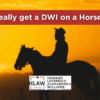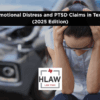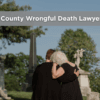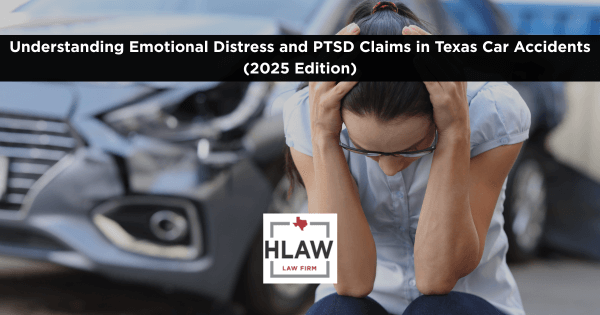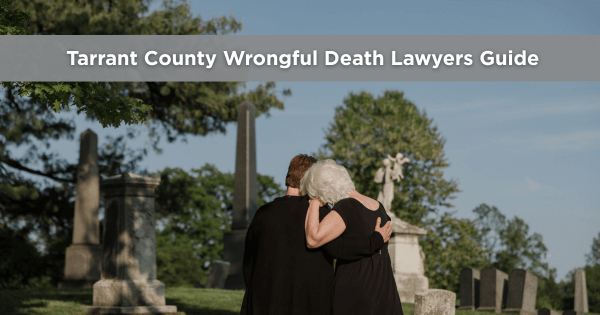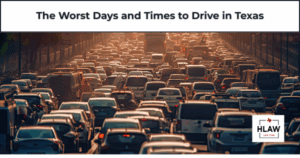
Rush hour congestion on Texas highways—Friday evenings and holiday weekends are the most dangerous times to drive.
Introduction
Texas drivers face unique challenges on the road. With more than 313,000 miles of public roads and some of the highest traffic volumes in the country, it’s no wonder that crash statistics in the Lone Star State are alarming. But when exactly are the roads at their most dangerous?
According to the Texas Department of Transportation (TxDOT) and data from the National Highway Traffic Safety Administration (NHTSA), certain days and times stand out for significantly higher crash and fatality rates. Whether you’re commuting or planning a road trip, understanding these trends can help you stay safer behind the wheel.
Most Dangerous Time of Day: 5 PM to 7 PM
Evening rush hour remains the peak window for motor vehicle collisions in Texas.
What the Data Shows:
- TxDOT 2024 Crash Report confirms the highest number of total crashes occur between 5:00 PM and 7:00 PM.
- Urban regions—Dallas-Fort Worth, Houston, Austin, and San Antonio—experience the majority of these incidents.
- Rear-end collisions and angle (T-bone) crashes are the most frequently reported during this time.
Why This Time Is Risky:
- Fatigue after a full workday
- Aggressive driving and tailgating
- High levels of distraction from phones or navigation devices
Worst Day of the Week: Friday
Fridays consistently account for the highest number of crashes throughout the week.
According to TxDOT:
- Fridays made up nearly 17% of all crashes statewide in 2024.
- Peak crash times are between 2 PM and 8 PM.
Contributing Factors:
- Increased traffic volume
- Early alcohol consumption
- Higher stress and mental fatigue
- People rushing to events, happy hours, or road trips
Lawyer’s Note: Our firm regularly sees serious injury cases arising from Friday evening crashes. It’s the day where commuter congestion and recreational recklessness intersect.
Late-Night and Early-Morning Risk: Midnight to 3 AM
While fewer cars are on the road in the early morning hours, the severity of crashes increases dramatically.
Risk Factors Include:
- Drunk driving
- Drowsy driving, especially among shift workers and truck drivers
- Low visibility, often paired with higher speeds
Key Statistics:
- NHTSA reports that the majority of fatal alcohol-related crashes nationwide occur between midnight and 3 AM, particularly on weekends.
- TxDOT found that crashes occurring in these early hours are more likely to result in serious injury or death than daytime accidents.
- Source: NHTSA Fatality Analysis Reporting System (FARS), 2024 Annual Report
Deadliest Days: Holiday Weekends
Holidays present a perfect storm of risk on Texas roads.
Top Danger Dates:
- Fourth of July Weekend (2024: over 50 traffic-related deaths in Texas)
- Memorial Day
- Labor Day
- New Year’s Eve and Day
Common Contributing Factors:
- Out-of-town travelers unfamiliar with roads
- Higher alcohol consumption
- Distracted driving from navigation apps and phones
- Heavier than normal traffic
Source: Texas Peace Officer’s Crash Report (CR-3), TxDOT Annual Summary
Key Takeaways for Texas Drivers
Being informed can dramatically reduce your chances of a crash. Here’s what to remember:
✅ Avoid the road during 5–7 PM rush hour if possible.
✅ Plan alternative routes or travel days to avoid Friday congestion.
✅ Minimize or avoid late-night driving, especially on weekends.
✅ Avoid holiday travel unless necessary—and never drive impaired.
✅ Always wear your seatbelt, stay off your phone, and use defensive driving techniques.
Injured in a Crash? We’re Here to Help.
If you’ve been involved in an accident—especially during one of these high-risk times—the circumstances and timing can significantly impact liability and the value of your claim.
At the HLAW firm, we’ve helped hundreds of Texans recover compensation after serious car accidents. Let us handle the legal work while you focus on recovery.
📞 Free Consultations | No Fees Unless You Win
Reach out today to schedule a case review and get the answers you need.


